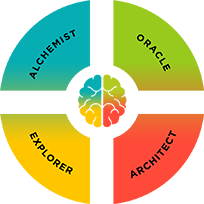What do successful entrepreneurs and alcoholics have in common? This isn’t a riddle, friendo.
The surprising answer is what allows the best entrepreneurs in the world to continue building success after success. Watch the short video below to find out:
When I first learned about this step it really made me think. The similarities are surprising (and ironic), but it also makes a lot of sense.
It’s so critical that we utilize this idea and believe in its effectiveness. From my experience, the results tend to show pretty quickly as well.
- –
What are you doing in your career to use this principle? I’d love to hear from you in the comments below.



